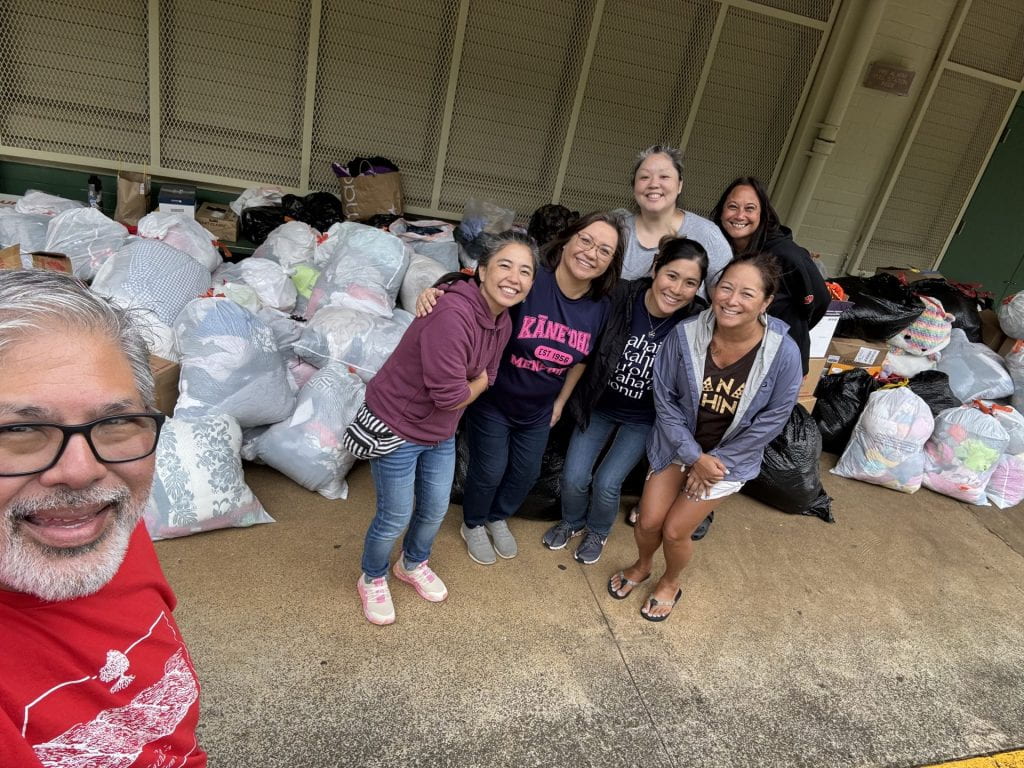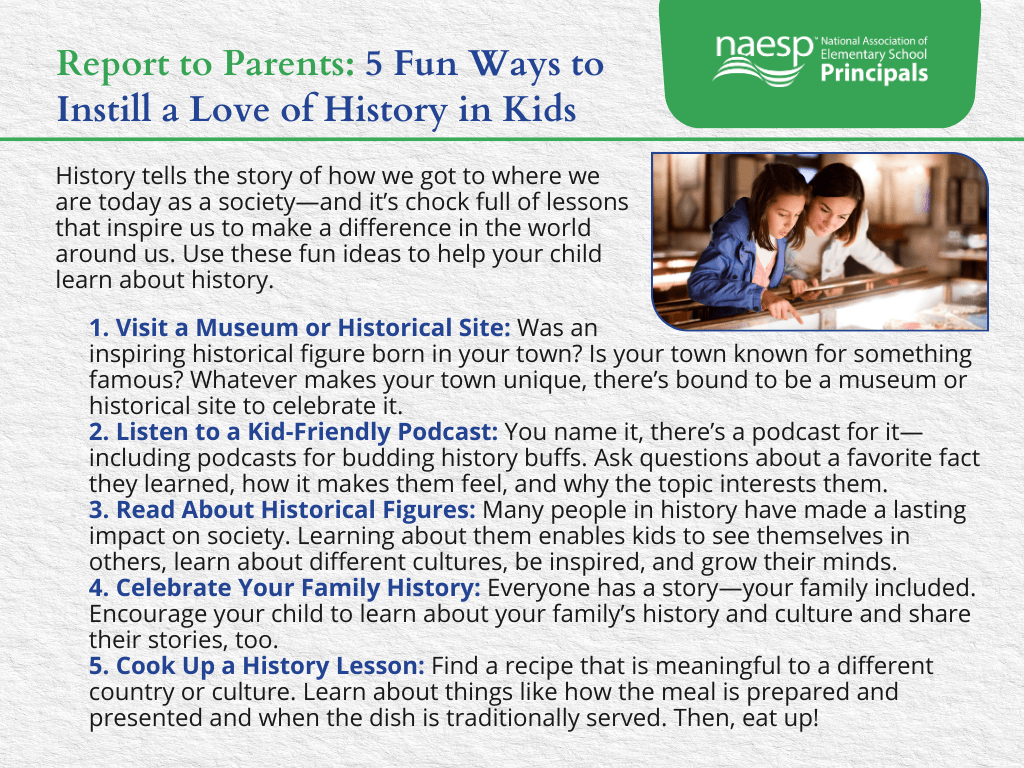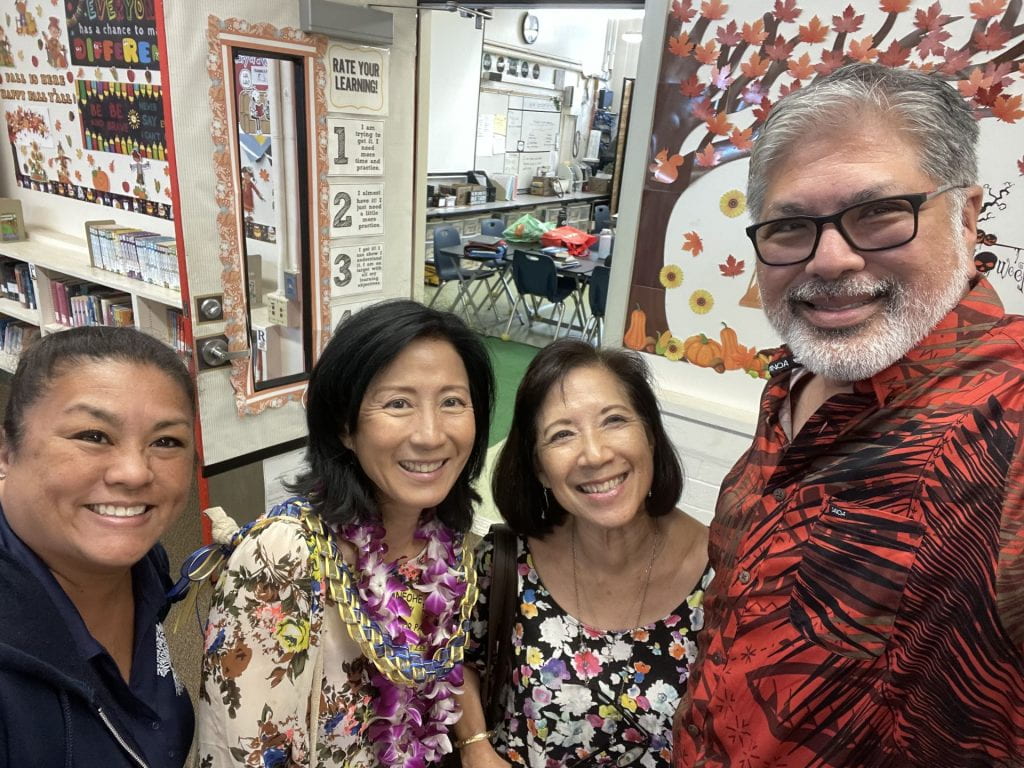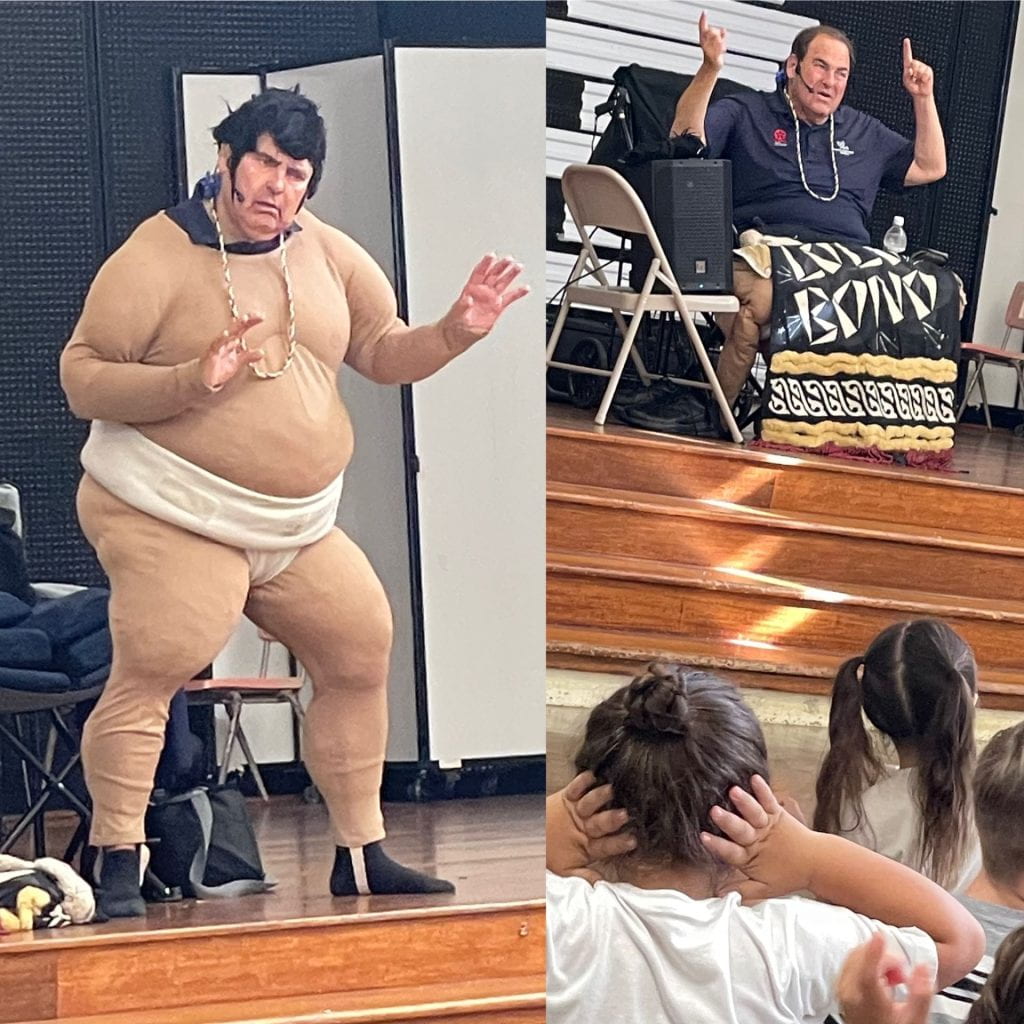He waiwai nui ka lokahi #977
Unity is a precious possession
Pukui, Mary Kawena, (1983). ʻŌlelo Noʻeau
ALOHA FOCUS FOR THE WEEK: LŌKAHI
Did you know that April is World Autism Awareness Month? It is also National Humor Month, National Poetry Month, National Soft Pretzel Month, and Distracted Driving Awareness Month along with a slew of other observances for the month of April. With so many causes vying for attention, it can be difficult for any one to emerge and gain recognition. But maybe focusing all our attention on one is not the point. Maybe our attention goes to what is pertinent in any given instance.
Ryan rarely spoke up in class. He often sat quietly with his head down, avoiding eye contact. His demeanor paled when compared to that of his classmates. Albert would not sit still and rarely stopped talking to his neighbors. Rob constantly pounded his chest, asking others, “What you looking at?” Peter sat front and center, stared at me as he made a string of snarky comments, eliciting snickers from the rest of the class. Ashlyn too possessed a wealth of sarcasm, but laced it with all the correct answers to every question I asked.
As a first year teacher, it took me a while to figure out that I shouldn’t divide my attention. At first, I struggled to make everyone happy…a fool’s journey. I couldn’t extinguish every fire as it erupted. As soon as I got Albert to sit and listen, I had to break up the brewing fracas between Rob and Peter. If I tried to acknowledge Ashlyn’s contributions, Peter took offense and began wising off. Meanwhile Ryan faded into the background.
Eventually, I realized that what all of my students wanted was attention. They wanted to know that I cared and was willing to work with them. Because of their personalities, this didn’t occur all at once, but everyone was given their time. While they worked on their assignments, I’d sit with each. I found out about their families, their dreams, and their talents. This was not a cure all, Ryan still remained quiet, Albert hyper, Rob belligerent, Peter mocking, and Ashlyn condescending. However, I was able to get my students to care a bit more and learn.
5 PURSUITS of LŌKAHI:
Inspired by Gholdy Muhammad
Please watch Emile and the Field written by Kevin Young and illustrated by Chioma Ebinama. Then with you child, answer the following:
- IDENTITY: Talk with your kupuna about a special place you and your family treasures.
- SKILLS: The author uses different examples of figurative language to show the beauty of the field. Identify several examples of figurative language in the book.
- INTELLECT: Research Prince Kuhio’s efforts to establish a Hawaiʻi National Park, preserving the volcanoes of Hawaiʻi and Haleakala as natural historic landmarks.
- CRITICALITY: Emile’s father tells Emile, “Though they too love it, if we share, and learn to take care, it means the field will be here forever.” How might we help others learn to take care of the places special to us in our community?
- JOY: Participate in a clean-up of a special place in our community such as Luluku Farm (Aina Aloha o na Lima Hana) which occurs on the first Saturday of each month. Other community clean-ups can be found at https://808cleanups.org/calendar/.
HOʻOMAIKAʻI BRYSON & NIXON

Please join me in congratulating and showing appreciation to Nixon Ihu and Bryson Tanji for representing Kāneʻohe Elementary well at the Hawaiʻi State Science and Engineering Fair. Their project, the Tako Box, utilized the Engineering Design Process in innovating a tool used to hunt octopus. Mahalo nui loa for making us proud
MAHALO KES OHANA FOR A SUCCESSFUL CLOTHING DRIVE
While we still have yet to find out how many pounds of clothing we collected, I would like to thank all of our community for cleaning out their closets and making a donation to our school. In the end, it certainly looked like we exceeded the 3000 lb minimum! Regardless if we did or not, the donations will be put to good use, helping those in need. Further, our volunteers from our KES Ohana throughout the week and on Saturday, assisting with the collection certainly showed how dedicated they are to our school. We certainly owe them a debt of gratitude!

IT SURE LOOKS LIKE PHONES ARE MAKING STUDENTS DUMBER
Continuing with a series from The Atlantic, a report from the Program for International Student Assessment, found three factors that are causing a global decrease in test scores:
“students who spend less than one hour of “leisure” time on digital devices a day at school scored about 50 points higher in math than students whose eyes are glued to their screens more than five hours a day.”
“screens seem to create a general distraction throughout school, even for students who aren’t always looking at them…students reported feeling distracted by their classmates’ digital habits scored lower in math”
“nearly half of students across the OECD said that they felt “nervous” or “anxious” when they didn’t have their digital devices near them. (On average, these students also said they were less satisfied with life.) This phone anxiety was negatively correlated with math scores.”
“Studies have shown that students on their phone take fewer notes and retain less information from class, that “task-switching” between social media and homework is correlated with lower GPAs, that students who text a lot in class do worse on tests, and that students whose cellphones are taken away in experimental settings do better on tests. As Haidt, a psychologist, has written in The Atlantic, the mere presence of a smartphone in our field of vision is a drain on our focus. Even a locked phone in our pocket or on the table in front of us screams silently for the shattered fragments of our divided attention.” Read the full article here.
CONTINUED PRACTICES:
NOʻAHUNA OF ALOHA
See Uncle Pono Shim explain the Noʻahuna, the esoteric meaning, of Aloha as taught to him by Aunty Pilahi, the Keeper of Secrets.
WEAR PINK FOR MAUI WEDNESDAYS
Join us in letting “that light, that divine inspiration that Aunty Pilahi Paki says is given to you at your very beginning, come through and let your ALOHA join with the ALOHA of the collective to bring about healing.”
DAILY VIRTUAL PIKO
At the Daily Piko, we share thoughts on the Aloha value for the week which helps us become centered and ready to learn. We begin at 8 AM everyday except Wednesdays.
UPCOMING EVENTS
| Fri, Apr 19, 2024 | 2:10 – 3:05 PM STEM Hōʻike Ohana Visitation |
| Apr 22 – May 10 | Smarter Balance Assessment testing |



